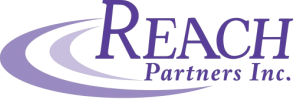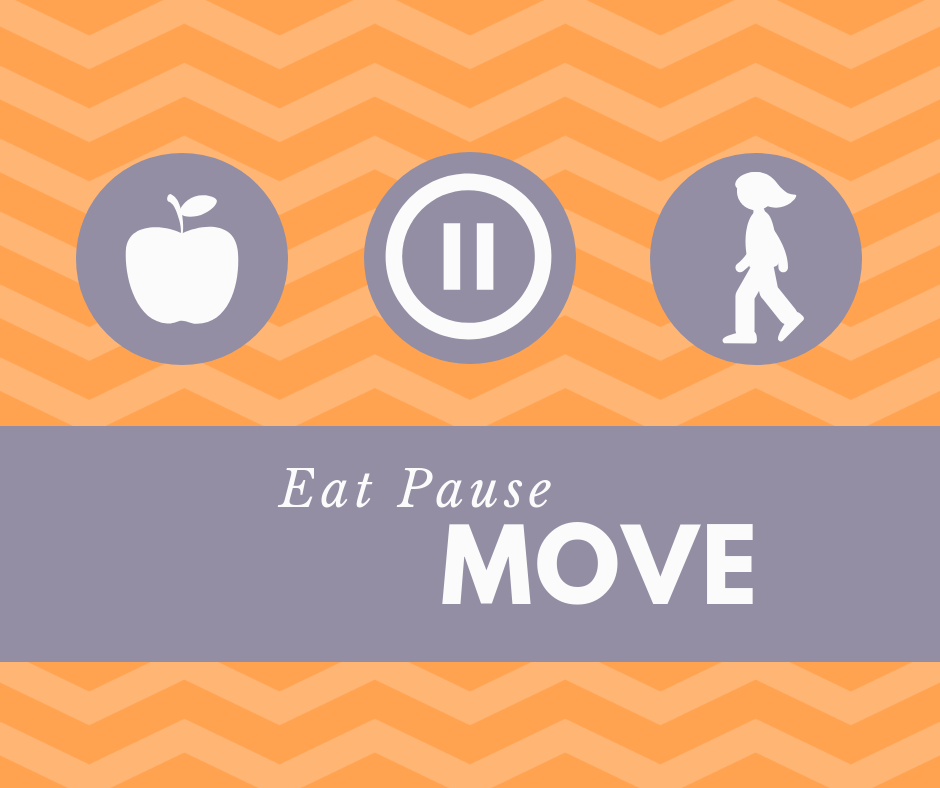|
Sometimes it’s hard to focus in a meeting. We’re distracted, tired, hangry, concerned about other things. It may be tempting to power through, but there are simple practices that can help us bring energy into the meeting and enhance our productivity. When we adapt to people’s needs – whether physical, social or psychological – we can get more accomplished during a meeting. Wiggle It, Just a Little Bit
About a decade ago, researchers observed that children actually fidget to focus and learn. The more complicated the mental task, the more they needed to move. Like those kiddos, adults appreciate fidgets too. Have a few quiet toys to occupy an active sub-conscious (and maybe prevent Dave from clicking his pen). Bring bit of nature into deep meetings by offering pine cones, shells, sticks, or switches of grass to play with or sacred items like a rosary, prayer beads, or a Hindu mala. There is evidence that adults playing with these items eases anxiety and expands their thoughts on a problem. It even works for right-brained engineers! Stand Up, Sit Down Kids have a lot of energy, and let’s face it: adults aren’t any different. Movement helps focus ideas. We are made to move and our work lives spent sitting on a chair and at a computer station don’t help us do our best thinking. Allow and encourage your meeting goers to stand up during a long meeting, gathering. Offer a mid-agenda stretch to wake up fatigued attendees. Next time you have a meeting with three or fewer people and a simple agenda, try a walking meeting. Take a lap around the building or, better yet, head outside. Dedicate a lap to a topic, pause to write the next step or decision, then move along to the next agenda item. Or gather a group to stand around a white board or an easel pad. Standing meetings typically have a short, focused agenda (think 15 minutes), but they are extremely effective. At larger events like conferences, people are usually expected to sit for long periods of time. Place high-top tables in the back of the room to encourage movement and standing. (These have the added benefit of helping participants connect with others.) Create a schedule that allows people to move between sessions. Consider the distance between meeting room locations so that people are encouraged to move and stand. Pause People always bring mental baggage when they join a meeting. Unless they prepared or are leading the meeting, they are probably thinking everything except what’s on the agenda: who do they need to talk to; what groceries are needed for this weekend’s gathering; who fed the cat? Bring the group together by pausing at the beginning of every meeting. A brief centering meditation can help everyone get focused on the work that needs to be done together. Connect When people show up to work as their authentic selves, they feel safe to share ideas and take risks in a group. When people feel safe, they don’t fear humiliation (because of age, gender, education, class, etc.). They’re more willing to discuss tough issues and ask for help. They feel valued and don’t worry about repercussions for misspeaking or a failure. If you want to have a successful, focused meeting, your team members need to feel connected to each other. In meetings were team members feel connected to each other demonstrate a higher level of dependability, innovation, executive function and overall impact. As a leader, examine how your business culture is at work: do you feel comfortable showing up as your true self? You might feel free to be you, but do others? Have your team take a quiz, and learn how to foster psychological safety. Eat It sounds simple, but snacks help to elevate the mood while building a sense of camaraderie. Don’t worry. Not every snack needs to be a high-sugar, high-fat item. Set out fresh or dried fruit, or nuts. Make sure there’s a good selection of teas and flavored waters. And, of course, set out donuts, cookies, and cake when the occasion calls for it. Breaking bread has long been a part of holy occasions. Food is often a centerpiece of our holidays and celebrations. (Can you imagine Thanksgiving without turkey or mashed potatoes?) By incorporating snacks or a meal (lunch meetings, anyone?) into your gathering, you give people an opportunity to build relationships. Even at larger meetings or conferences, a meal or snack gives people time to converse and connect. Next time you schedule a meeting, give one of these practices a try. Tell us how it went! – Rachel
0 Comments
Your comment will be posted after it is approved.
Leave a Reply. |
Reach PartnersYour partners in leadership. Categories
All
Archives
July 2024
|
|
|
Reach Partners, Inc
3330 Fiechtner Dr. Suite 100 Fargo, ND 58103-2321 701-271-8170 Copyright (C) 2024 Reach Partners Inc.
|

